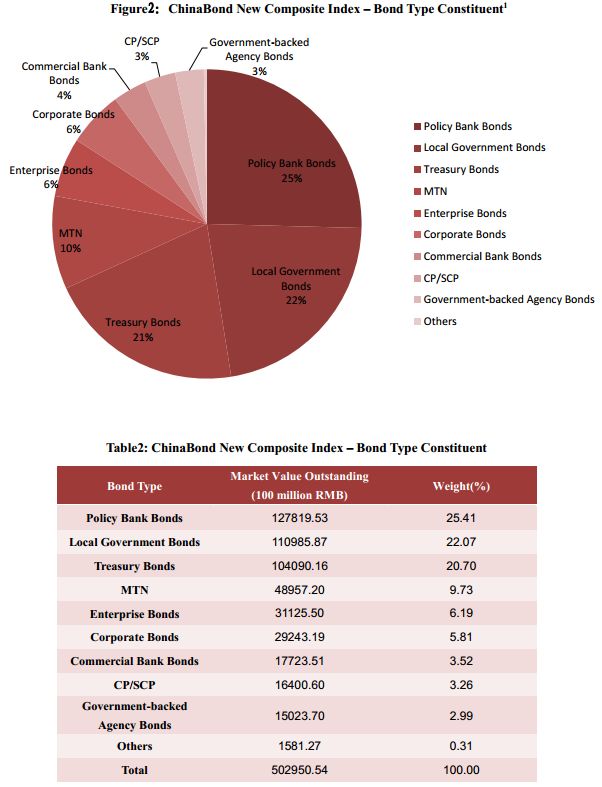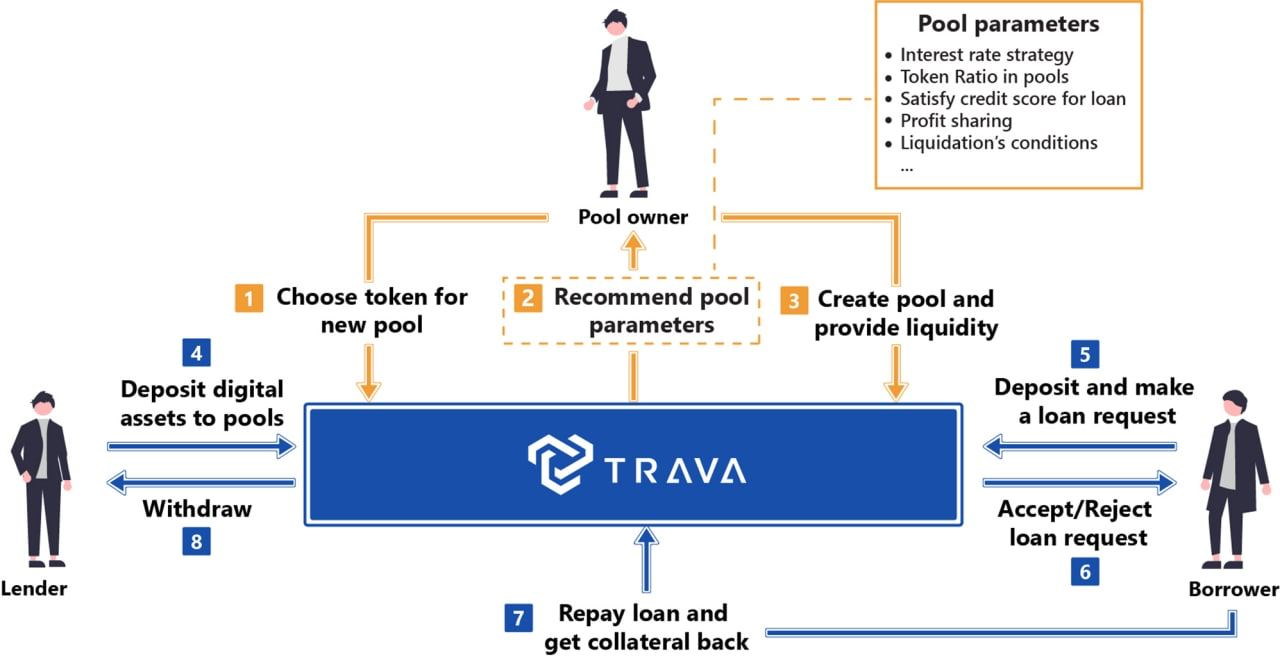Discover How to Find Loan to Value Ratio for Smart Financial Decisions
#### What is Loan to Value Ratio?The Loan to Value (LTV) ratio is a financial term used by lenders to assess the risk of a loan. It compares the amount of t……
#### What is Loan to Value Ratio?
The Loan to Value (LTV) ratio is a financial term used by lenders to assess the risk of a loan. It compares the amount of the loan to the appraised value of the property being financed. A higher LTV ratio indicates higher risk for the lender, as it suggests that the borrower is financing a larger portion of the property’s value. Understanding the LTV ratio is crucial for anyone looking to secure a mortgage or refinance an existing loan.
#### Why is Finding the Loan to Value Ratio Important?
Finding the loan to value ratio is vital for several reasons. Firstly, it helps borrowers understand how much equity they have in their property. This equity can be crucial for future financing options, such as home equity loans or lines of credit. Secondly, the LTV ratio plays a significant role in determining the interest rate on a mortgage. Generally, a lower LTV ratio can lead to better interest rates, as lenders view these loans as less risky.
#### How to Calculate Loan to Value Ratio?

To find the loan to value ratio, you can use a simple formula:
\[ \text{LTV Ratio} = \frac{\text{Loan Amount}}{\text{Appraised Value of Property}} \times 100 \]
For example, if you are looking to borrow $200,000 to purchase a home that has an appraised value of $250,000, your LTV ratio would be:
\[ \text{LTV Ratio} = \frac{200,000}{250,000} \times 100 = 80\% \]

This means you are financing 80% of the property’s value, which is considered a relatively high LTV ratio.
#### Factors Affecting Loan to Value Ratio
Several factors can influence the loan to value ratio. One of the most significant is the appraised value of the property. If the appraisal comes in lower than expected, it can increase the LTV ratio, making it more challenging to secure favorable loan terms. Additionally, the type of loan you are applying for can impact the acceptable LTV ratio. For instance, conventional loans may have stricter LTV requirements compared to FHA loans.
#### Tips for Lowering Your Loan to Value Ratio

If you find that your LTV ratio is higher than you would like, there are several strategies you can employ to lower it. One effective method is to increase your down payment. By putting more money down upfront, you reduce the loan amount and, consequently, the LTV ratio. Another option is to improve the appraised value of your home through renovations or upgrades, which can also help lower the LTV ratio.
#### Conclusion: The Importance of Finding Loan to Value Ratio
In summary, finding the loan to value ratio is a critical step for anyone considering a mortgage or refinancing. It not only helps you understand your financial position but also influences the terms of your loan. By being aware of how to calculate and manage your LTV ratio, you can make more informed decisions and potentially save money on interest rates. Whether you are a first-time homebuyer or looking to refinance, understanding the LTV ratio is essential for achieving your financial goals.